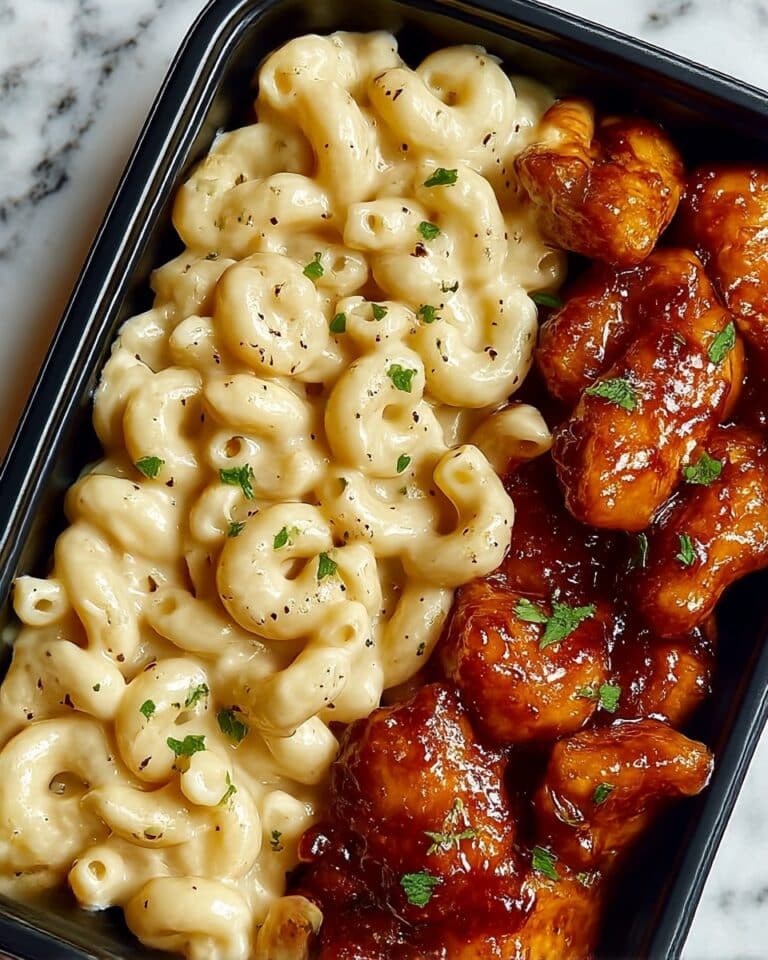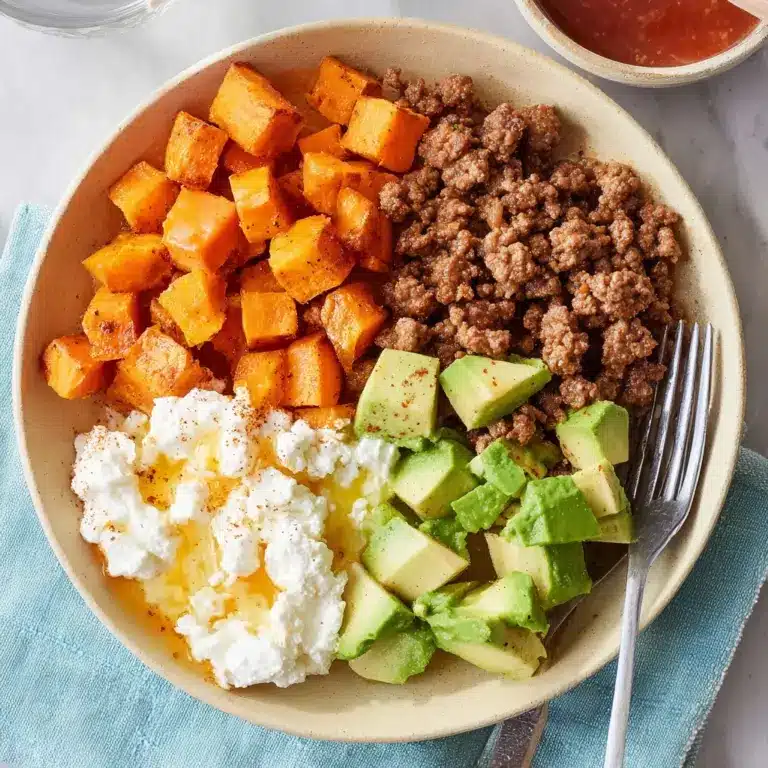The Perfect Artisan Pizza Dough Recipe
If you have ever dreamed of crafting a pizza that rivals your favorite pizzeria, look no further. The Perfect Artisan Pizza Dough is your golden ticket to creating a crust that is light, airy, yet satisfyingly chewy, with pockets of crispiness that delight every bite. This recipe combines simple ingredients with thoughtful technique to bring out the beautiful texture and flavor that only artisan dough can offer. Whether you’re a beginner or a seasoned pizza lover, mastering this dough will elevate your homemade pizzas to a whole new level of deliciousness.

Ingredients You’ll Need
The beauty of The Perfect Artisan Pizza Dough lies in its simplicity. Each ingredient plays a crucial role—flour builds the structure, water hydrates perfectly, yeast breathes life into the dough, and salt enhances flavor and tightens the gluten network.
- All-purpose flour (3 ¾ cups plus 2 tbsp / 500g): The foundation of your dough, providing the right balance between strength and tenderness.
- Warm water (1 ½ cups plus 2 tbsp / 375g): Hydrates the flour and activates the yeast, ensuring the dough rises beautifully.
- Active dry yeast (¼ tsp / 1g): Just enough to give the dough its signature airy rise without overpowering flavor.
- Fine salt (1 ½ tsp / 10g): Adds flavor depth and controls yeast activity for a balanced crust.
How to Make The Perfect Artisan Pizza Dough
Step 1: Mix the Flour and Water
Begin by combining the flour with almost all of the water, stirring until just incorporated. This resting period of 20 minutes allows the flour to absorb the liquid fully, kickstarting gluten formation without any effort. It’s the secret to that tender crumb and open texture you’ll love.
Step 2: Activate the Yeast
Sprinkle your yeast over the remaining warm water and let it dissolve gently for a few minutes. This simple activation warms up the yeast cells, waking them from their dormant state, so they can produce the bubbles that create a light, airy dough.
Step 3: Combine Ingredients and Develop the Dough
Next, sprinkle the salt over your flour mixture and pour in the activated yeast water. Using wet hands, fold the dough over itself repeatedly until everything is well combined. This gentle folding helps to evenly distribute the ingredients and begins developing the dough’s structure while keeping it soft and flexible.
Step 4: Strengthen the Dough
With your hands dampened, stretch and fold sections of the dough by lifting it upwards and folding it back to the center. Rotate the bowl and repeat this four to five times. This technique builds gluten strength, giving the crust its chew and the capacity to hold those wonderful air bubbles. After this, covering the dough and letting it ferment for several hours or refrigerating it allows flavors to deepen and texture to perfect.
Step 5: Divide and Shape
Once the dough has fermented, transfer it to a floured surface, and divide it into two equal portions. Shape each into smooth balls by folding edges underneath gently, which tightens the surface. Let them rest at room temperature for an hour so they’re pliable and ready to be stretched into beautiful pizza bases.
Step 6: Prepare for Baking and Shape
Preheat your oven to its highest temperature around 500°F, placing a baking steel, stone, or an inverted baking sheet inside for at least 45 minutes. This intense heat is essential for creating that crispy crust everyone loves. When ready, shape one dough ball into a 12-inch circle, leaving a thick edge to form the crust. Add your favorite sauce, cheese, and toppings.
Step 7: Bake to Perfection
Slide your pizza onto the hot baking surface and bake for about five minutes. Then, switch the oven to broil for two to four minutes until the cheese bubbles beautifully, and the crust boasts those irresistible golden brown and blistered spots. Repeat with the second dough ball and prepare for pizza night celebrations!
How to Serve The Perfect Artisan Pizza Dough

Garnishes
After baking your masterpiece, consider fresh basil leaves, a drizzle of high-quality olive oil, or a sprinkle of flaky sea salt to lift the flavors and add that fresh, vibrant touch that brightens the entire pizza.
Side Dishes
Artisan pizza pairs wonderfully with crisp salads, such as a peppery arugula with lemon vinaigrette, or a classic Caprese salad that embraces fresh tomatoes and mozzarella, complementing the dough’s flavor without overpowering it.
Creative Ways to Present
For a festive touch, slice the pizzas into sharable pieces and serve on rustic wooden boards. You can also create a pizza bar with various toppings, inviting friends or family to customize their slices, turning a simple meal into a lively, interactive gathering.
Make Ahead and Storage
Storing Leftovers
If you have leftover dough after your pizza party, store it tightly wrapped in the refrigerator for up to two days. The cool environment slows fermentation while developing an even richer flavor to enjoy later.
Freezing
To keep the dough longer, freeze it for up to three months. Portion it into balls, wrap each tightly in plastic wrap, and place in a freezer bag. When ready to use, thaw overnight in the refrigerator for the best texture.
Reheating
Reheat cooked pizza slices in a hot oven or on a skillet to revive the crust’s crispness. Avoid the microwave as it tends to make the crust chewy and soggy, which takes away from the magic of The Perfect Artisan Pizza Dough.
FAQs
Can I use bread flour instead of all-purpose flour?
Absolutely! Bread flour has higher protein content, which can make the dough chewier and give it even more structure. It’s a fine alternative if you want an extra robust crust.
How sticky should the dough be?
The dough will be somewhat sticky due to its high hydration, but don’t be intimidated. Wetting your hands or adding a little olive oil to your fingers during handling will make it manageable without adding extra flour.
Is it necessary to use a pizza stone or baking steel?
While you can bake on a regular baking sheet, a stone or steel holds heat better and crisps the dough from underneath, helping recreate that authentic artisan pizza texture.
Can I double the recipe for a larger batch?
You can double the ingredients easily. Just be mindful to use a larger bowl for mixing and allow more fermentation time to ensure the dough develops evenly.
How long should the dough ferment for the best flavor?
For the richest flavor and best texture, fermenting the dough at room temperature for five to six hours or refrigerating it for up to two days works wonders. The longer fermentation creates complexity and depth in taste.
Final Thoughts
Embracing the process of making The Perfect Artisan Pizza Dough is truly rewarding, turning humble ingredients into a canvas for your culinary creativity. With its chewy texture, flavorful depth, and beautifully crisp crust, this dough will quickly become your go-to recipe. So grab your mixing bowl and get ready to impress yourself and everyone you share your homemade pizza with—you won’t want to go back to store-bought again!
PrintThe Perfect Artisan Pizza Dough Recipe
This perfect artisan pizza dough recipe delivers a crispy, bubbly crust with a chewy texture, ideal for homemade pizzas. Using simple ingredients and slow fermentation, it balances flavor and structure to elevate your pizza-making experience.
- Prep Time: 15 minutes (plus 5-6 hours fermentation or up to 2 days refrigeration)
- Cook Time: 10 minutes
- Total Time: Up to 6 hours 25 minutes (including fermentation)
- Yield: 2 x 12-inch pizzas 1x
- Category: Bread & Dough
- Method: Baking
- Cuisine: Italian
- Diet: Vegetarian
Ingredients
Dry Ingredients
- 3 ¾ cups plus 2 tbsp all-purpose flour (500g)
- ¼ tsp active dry yeast (1g)
- 1 ½ tsp fine salt (10g)
Wet Ingredients
- 1 ½ cups plus 2 tbsp warm water, divided (375g)
Instructions
- Mix the flour and water: In a large mixing bowl, combine the flour with all but one tablespoon of the warm water. Stir until just incorporated, then cover and let the mixture rest for 20 minutes to allow the flour to fully absorb the liquid.
- Activate the yeast: Sprinkle the yeast over the remaining tablespoon of warm water. Let it dissolve and become bubbly for a few minutes to ensure it’s active.
- Combine ingredients and develop the dough: Sprinkle the salt evenly over the rested dough. Pour in the activated yeast mixture. Using wet hands, gently fold the dough over itself multiple times, incorporating the ingredients well. Cover and let rest for about an hour.
- Strengthen the dough: With lightly wet hands, lift a section of the dough and stretch it upwards before folding it over the center. Rotate the bowl and repeat this stretching and folding process four to five times. Cover and ferment the dough at room temperature for 5 to 6 hours or refrigerate for up to 2 days to develop deeper flavor.
- Divide and shape: Transfer the dough to a floured surface. Divide it into two equal portions. Gently fold the edges inward to form round dough balls. Cover and let them rest at room temperature for 1 hour before using.
- Prepare for baking: Preheat the oven to 500°F (or its highest temperature) with a baking steel, pizza stone, or inverted baking sheet inside. Allow the oven to heat for at least 45 minutes to ensure a crisp crust.
- Shape and bake: Flatten one dough ball into a 12-inch round, leaving a thicker edge for the crust. Place on a floured pizza peel, add your sauce and toppings, then slide onto the hot baking surface. Bake for about 5 minutes, then broil for 2 to 4 minutes until cheese bubbles and the crust is golden with blistered spots. Repeat with the second dough ball.
Notes
- The dough is sticky due to high hydration. Using wet hands or lightly greasing them with olive oil helps in handling it.
- If refrigerated, allow dough to come to room temperature for about 30 minutes before shaping.
- For extra crispiness, let baked pizza rest a few minutes before slicing.
- Leftover dough can be stored in the refrigerator for up to 2 days or frozen for up to 3 months.
Nutrition
- Serving Size: ¼ of a 12-inch pizza
- Calories: 228
- Sugar: 0.2g
- Sodium: 488mg
- Fat: 0.6g
- Saturated Fat: 0.1g
- Unsaturated Fat: 0.4g
- Trans Fat: 0g
- Carbohydrates: 48g
- Fiber: 1.7g
- Protein: 6.5g
- Cholesterol: 0mg
Keywords: artisan pizza dough, homemade pizza crust, pizza dough recipe, Italian pizza dough, easy pizza dough








